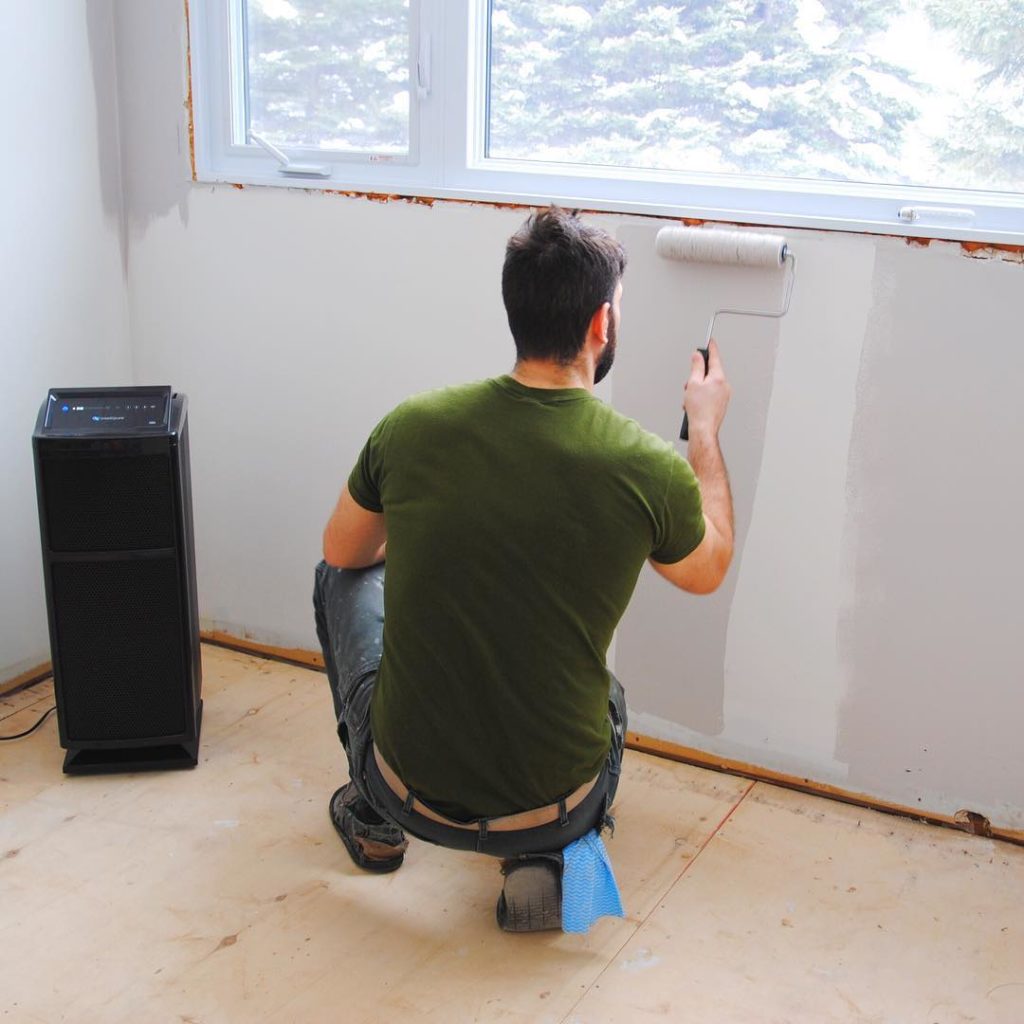My goal is never to scare you but it’s important to take steps to protect ourselves. If you want to bypass the “AHHHH” factor skip right to the “What Can You Do” Sections.
Skin & Hair
The number of unregulated chemicals in beauty, hair & skin products is terrifying. There are more than 80,000 chemicals on the market today and many of they have not been assessed for long term safety. Your skin is your largest organ and anything applied to it, or your scalp, can make it into your blood stream and increase your risk of chronic health issues.What Can You Do?
There’s a great app by a non-profit ground called the Environmental Working Group or EWG (they’re the ones who publish the dirty dozen and clean fifteen every year). If you download the app “Healthy Living” you’ll be able to scan the barcodes of various household & beauty products to find out their safety rating. You can also visit their websitewww.ewg.org/skindeep to see a comprehensive list of chemicalsand products to watch out for as well as recommendations for safe alternatives.Plastic
You’ve probably seen “BPA free” products appearing everywhere in the last few years. BPA is a chemical used to make plastic and is also found inside metal based food & beverage containers, toiletries & feminine hygiene products. BPA is linked with increased cancer risk, obesity, ADHD & altered development of the brain and immune system. BPA exposure is especially detrimental for pregnant women, babies & children. Many manufactures are now switching to BPA-free but replacing with BPS or BPF, which are already being implicated with disrupting cell function in a way similar to BPA.
 What Can You Do?
What Can You Do?
· Step away from the plastic..· Store food in glass containers (this is especially important if you’re going to be reheating them in their containers) - bring on the mason jars!
· Buy products that use glass packaging
Air
Love is in the air.. but as I’m learning, so are some other things. I was recently given an air purifier during our house renos and hadn’t even considered the implications of chemicals in the air until then. Dust particles, toxic chemicals and pesticides are common. A study at George Washington University found 45 toxic chemicals in most floor dust samples. Some of these particles are known to contribute to cardiovascular disease, lung disease and Alzheimer’s.“The risks from air pollution are now far greater than previously thought or understood, particularly for heart disease and strokes,” says Dr. Maria Neira, Director of WHO’s Department for Public Health, Environmental and Social Determinants of Health.
 What Can You Do?
What Can You Do?
· Avoid artificial fragrances and products loaded with chemicals· Ensure adequate air circulation, especially when cooking foods that produce smoke
· Use a high-quality air purification system (see my recommendation below)
· Buy plants to have in the home, natural air purifiers!
Honestly, the difference between air purifiers meant nothing to me a month ago, so I’ll try to simplify it. The air purifier I use is theIntellipure Ultrafine 468 which is the only one that combats all three pollutant categories: micro-organisms, volatile organic compounds (VOCs) and particles. It captures 99.99% of airborne particles (many other air purifiers focus on just one or two of these categories). Intellipure Ultrafine 468 technology is 40x more efficient than HEPA filtration standards (HEPA is an acronym for high efficiency particulate air, referring to a standard air filters have to meet).
It’s also super quiet on the low setting and has a sleep mode to dim the displays. Bonus: you maynotice changes in breathing quality, snoring, asthma, allergies and quality of sleep.
Use discount codeamyritchie17 for 20% off all Intellipure products!www.intellipure.com
Eating organic whole foods is incredible for your health, but being aware of the products we put on our skin and the air we breathe on a daily basis is an important part any health promoting and disease preventing plan.
In love & health,
Amy xx
Blog article written by Amy Ritchie of Amy Ritchie Nutrition





